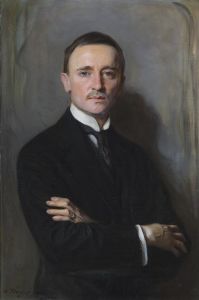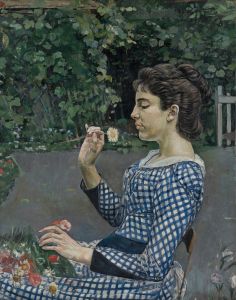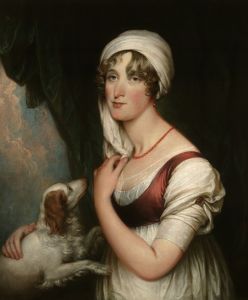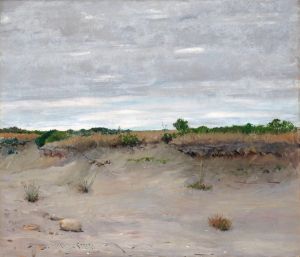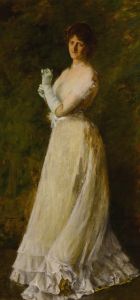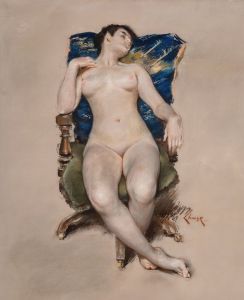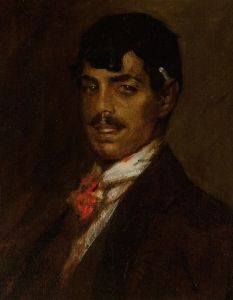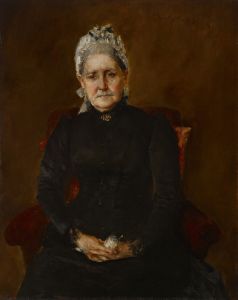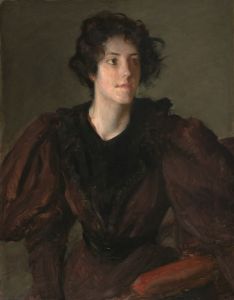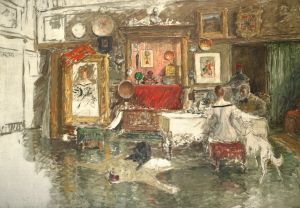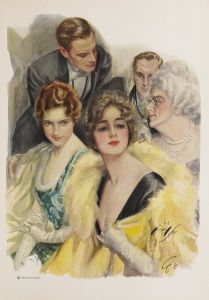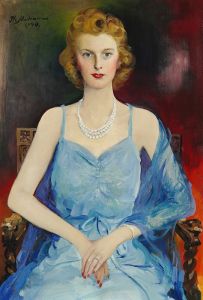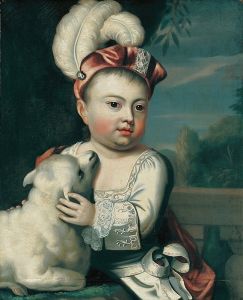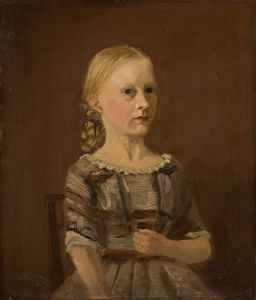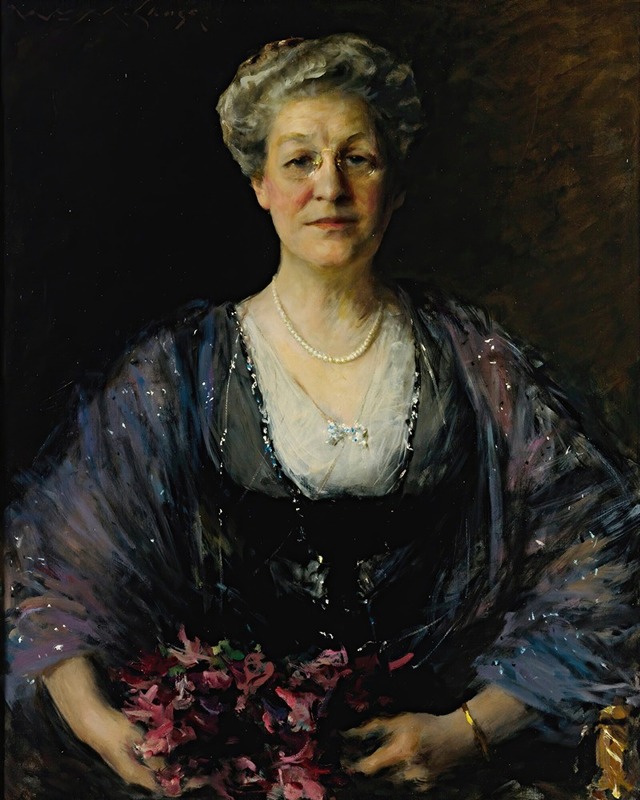
Portrait Of Matilda Herbert Lloyd
A hand-painted replica of William Merritt Chase’s masterpiece Portrait Of Matilda Herbert Lloyd, meticulously crafted by professional artists to capture the true essence of the original. Each piece is created with museum-quality canvas and rare mineral pigments, carefully painted by experienced artists with delicate brushstrokes and rich, layered colors to perfectly recreate the texture of the original artwork. Unlike machine-printed reproductions, this hand-painted version brings the painting to life, infused with the artist’s emotions and skill in every stroke. Whether for personal collection or home decoration, it instantly elevates the artistic atmosphere of any space.
William Merritt Chase was an influential American painter known for his portraits, landscapes, and still lifes. He was a prominent figure in the late 19th and early 20th centuries, contributing significantly to the American Impressionist movement. Chase was born on November 1, 1849, in Williamsburg, Indiana, and he studied at the National Academy of Design in New York City and later at the Royal Academy in Munich, Germany. His exposure to European art and techniques greatly influenced his style, which combined traditional academic training with the loose brushwork and vibrant color palette characteristic of Impressionism.
One of Chase's notable works is the "Portrait of Matilda Herbert Lloyd." This painting exemplifies his skill in capturing the personality and essence of his subjects through portraiture. While specific details about the painting's creation and its subject, Matilda Herbert Lloyd, are not extensively documented, it is known that Chase's portraits often depicted individuals from various walks of life, including his family, friends, and patrons.
Chase's approach to portraiture was marked by his ability to convey the individuality and character of his sitters. He often employed a lively and expressive brushwork technique, which brought a sense of immediacy and vitality to his portraits. His use of color was also notable, as he skillfully balanced tones to create depth and dimension, enhancing the lifelike quality of his subjects.
In addition to his technical prowess, Chase was known for his ability to put his sitters at ease, allowing him to capture more natural and relaxed expressions. This skill is evident in the "Portrait of Matilda Herbert Lloyd," where the subject's demeanor and gaze suggest a moment of introspection or contemplation, inviting viewers to engage with her on a personal level.
Chase's contributions to American art extended beyond his paintings. He was a dedicated teacher and mentor, founding the Chase School of Art, which later became the Parsons School of Design in New York City. His influence as an educator helped shape a generation of American artists, and his emphasis on plein air painting and the importance of capturing light and atmosphere left a lasting impact on the development of American Impressionism.
Throughout his career, Chase received numerous accolades and exhibited his work widely, both in the United States and internationally. His portraits, including the "Portrait of Matilda Herbert Lloyd," continue to be celebrated for their artistic merit and their ability to convey the humanity and individuality of their subjects.
In summary, the "Portrait of Matilda Herbert Lloyd" by William Merritt Chase is a testament to the artist's skill in portraiture and his contribution to American art. While specific details about the painting and its subject may be limited, the work remains an important example of Chase's ability to capture the essence of his sitters with sensitivity and technical excellence.





